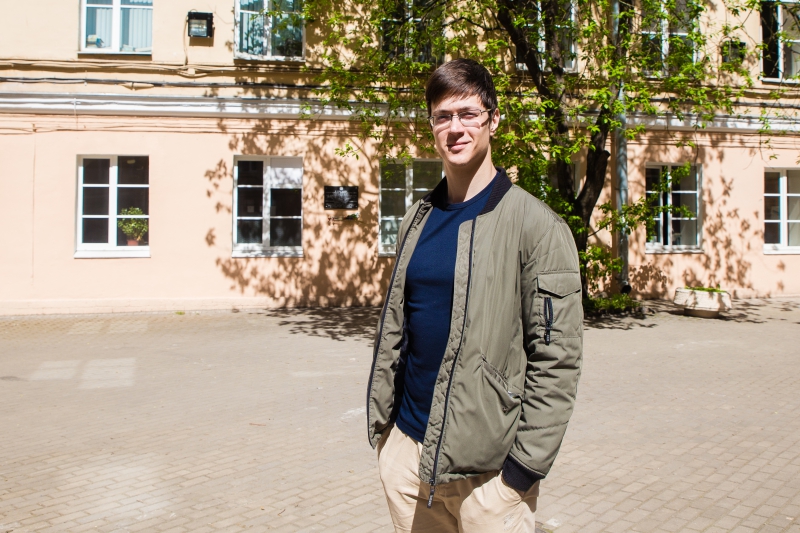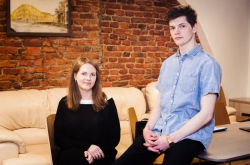You spent more than a month at Aalborg University. What did you do while you were there?
At Aalborg University, I attended classes and worked on the experimental part of my Master’s thesis. I was also interested in comparing the lighting in Copenhagen and St. Petersburg. I already had some experience with the specifics of lighting in two Scandinavian capitals: Oslo and Stockholm.
What is your thesis about?
My thesis’ title is “The Development of an Instrument for the Assessment of User Experience of Lighting Solutions in Architectural Lighting”. Many companies these days pay more attention to economic and technological matters when working on lighting in urban areas, and rarely account for the opinions of the final users, be they citizens, expats, or tourists.
With this project, I want to shine a light on the importance of using a more complex approach to lighting solutions that would account for the end users’ preferences and needs. I hope that in the future we will be able to create a transparent, unified database that would help us answer why we need to spend money on certain types of lighting.
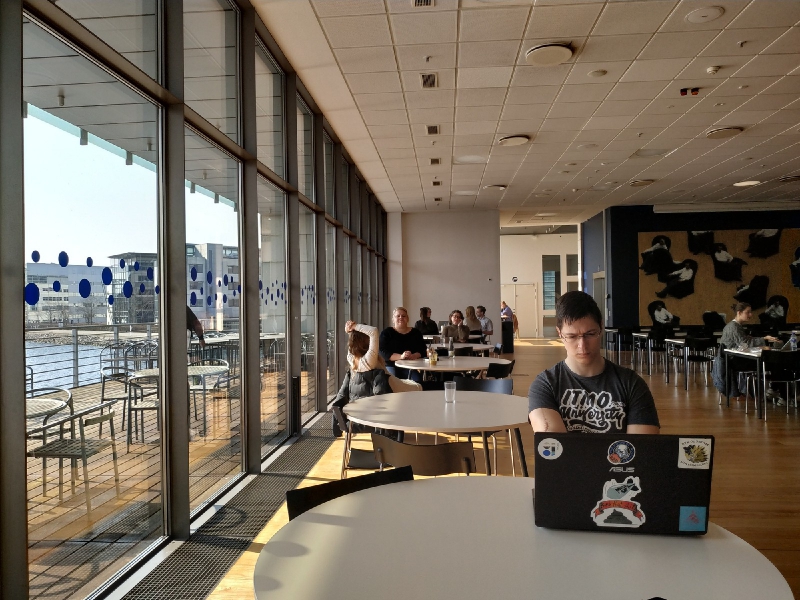
Let’s say a lighting designer believes that a historical building must be illuminated appropriately within the context of its surroundings. The customer asks them to support that opinion. In addition to their professional expertise, the designer may cite the results of research and surveys conducted among the lighting environment’s end users, which are all recorded in the database. My work in Copenhagen has shown that there are many similarities between a lighting designer’s professional opinion and a regular citizen’s opinion. For instance, it isn’t always appropriate to use colored lighting that the customer asks for just because someone else used it elsewhere.
What sort of experiments were you conducting?
I surveyed the citizens of the two cities, 200 of them in total, 40% from Copenhagen and 60% from St. Petersburg. I designed a set of five questions alongside seven pictures with examples of architectural lighting in St. Petersburg and Copenhagen. For the former, examples included the buildings of the Academy of Sciences, the Constitutional Court, the Gromov House, and the New Michael Palace. As for the later, I chose the Flensby & Partners building, the Copenhagen Admiral Hotel, and the Danish Parliament (Christiansborg). All of these objects are similar in the linearity of their facades and their close proximity to rivers and canals.
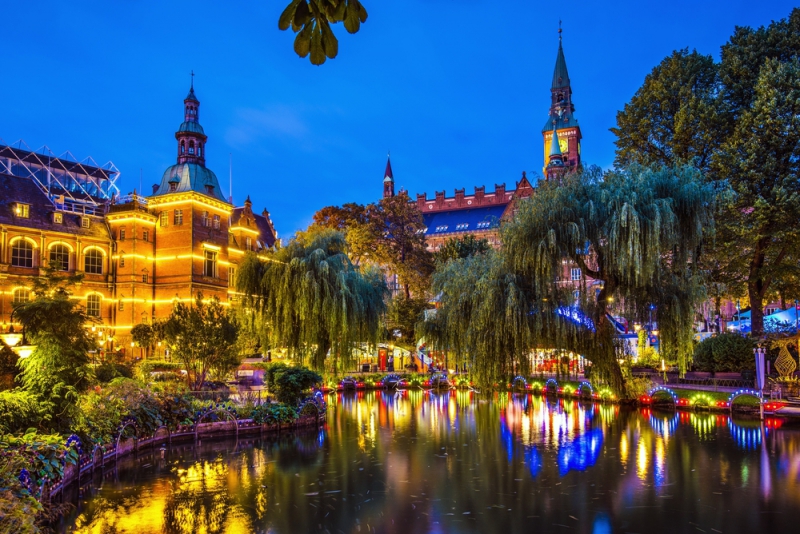
And what conclusion did you reach?
I’ve yet to produce the final results; that’ll happen in June, by the time of my thesis defense. During my surveys, I identified four key factors that determine the appeal of lighting solutions: their brightness, colors, contextual connection to surroundings, and their artistic value. The differences in perception among the two cities’ inhabitants were also quite interesting.
Do you have an example of that?
While Russians tend to associate light with safety during nighttime, Scandinavians associate it, first and foremost, with eco-friendliness and human health. Copenhagen’s municipal government is taking efforts to ensure that everyone can enjoy the sight of stars in the center of the Danish capital. Judging by some of the photos of architectural lighting there, that is indeed true. Unlike nighttime St. Petersburg, Copenhagen has nearly no architectural lighting.
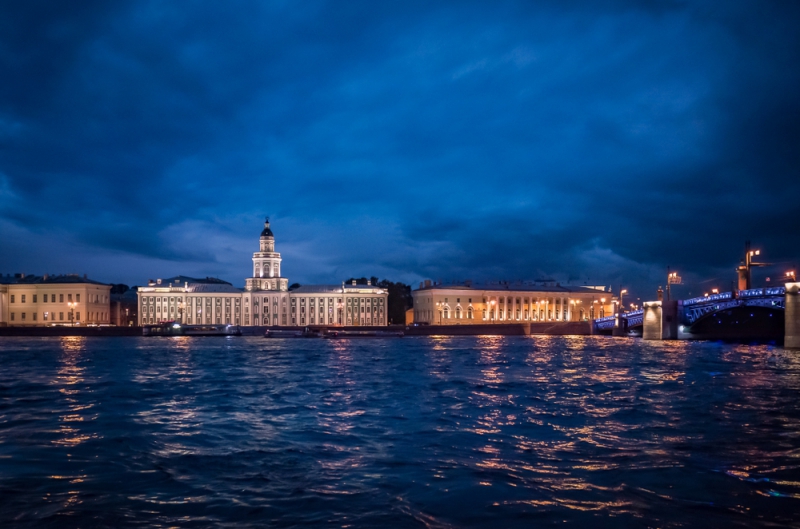
Besides fighting light pollution, Danes work a lot with natural and interior lighting, and there are many glass facades in the city. They’re also developing adaptive lighting systems to help sustain the people’s circadian rhythms. By 2025, Copenhagen plans to become the world’s first CO2-neutral capital; the city has already implemented a number of major projects aimed to improve tourism, ecology, and economics.
